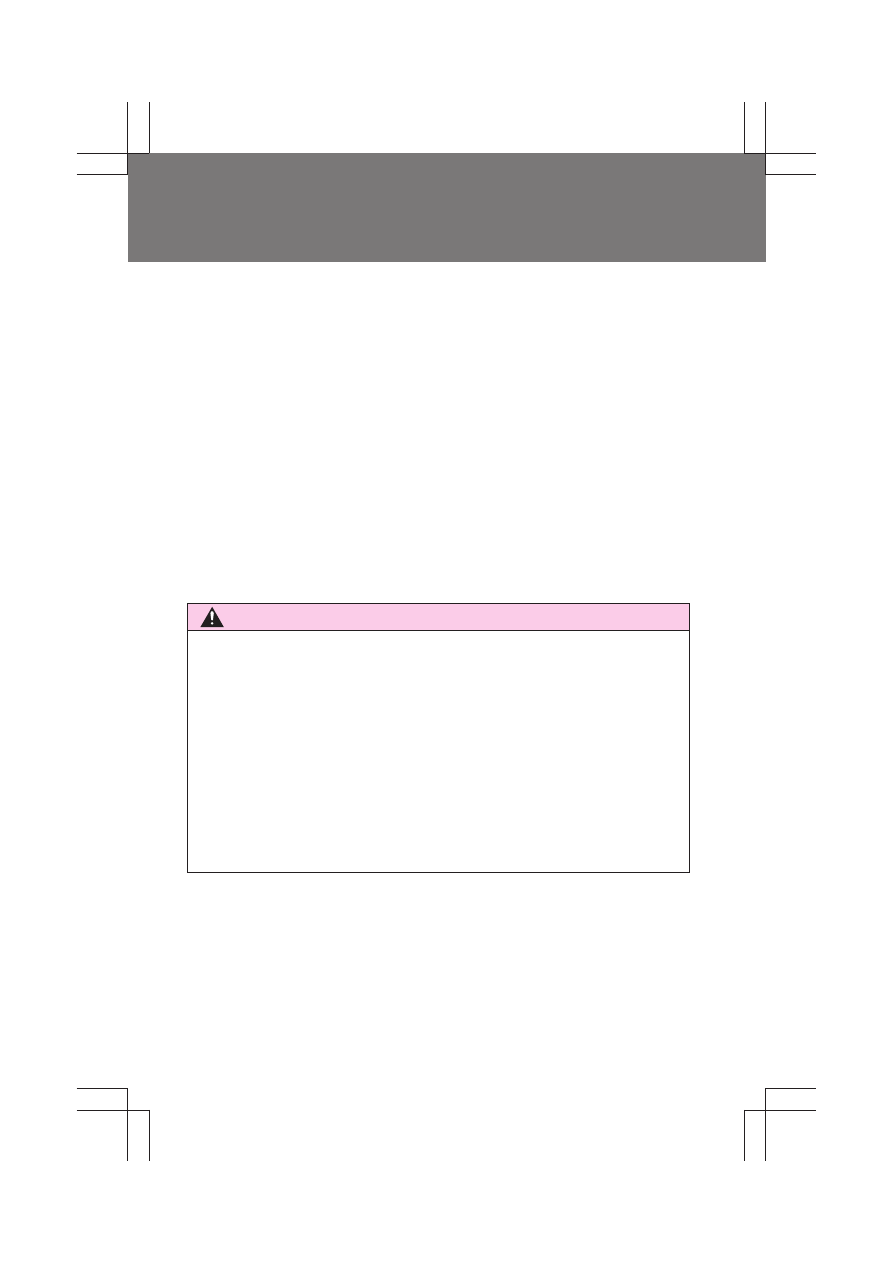Subaru BRZ (2019 year). Manual - part 23

358
4-3. Do-it-yourself maintenance
BRZ_U
●
When the engine is operated at high engine speeds (for extended peri-
ods of time)
●
When the engine is operated under heavy loads (for extended periods of
time)
●
When the engine idles for extended periods of time
●
When the vehicle is operated in stop and go and/or heavy traffic situa-
tions
●
When the vehicle is used under severe thermal conditions
●
When the vehicle accelerates and decelerates frequently
Under these or similar conditions, you should check your oil at least every
2nd fuel fill-up and change your engine oil more frequently. Different drivers
in the same car may experience different results. If your oil consumption rate
is greater than expected, contact your authorized SUBARU retailer who may
perform a test under controlled conditions.
WARNING
■
Used engine oil
●
Used engine oil contains potentially harmful contaminants which may
cause skin disorders such as inflammation or skin cancer, so care should
be taken to avoid prolonged and repeated contact. To remove used engine
oil from your skin, wash thoroughly with soap and water.
●
Dispose of used oil and filters only in a safe and acceptable manner. Do
not dispose of used oil and filters in household trash, in sewers or onto the
ground.
Call your SUBARU dealer, service station or auto parts store for informa-
tion concerning recycling or disposal.
●
Do not leave used engine oil within the reach of children.